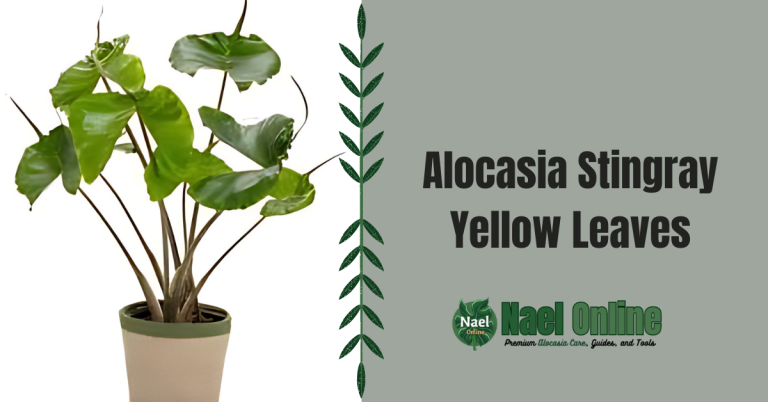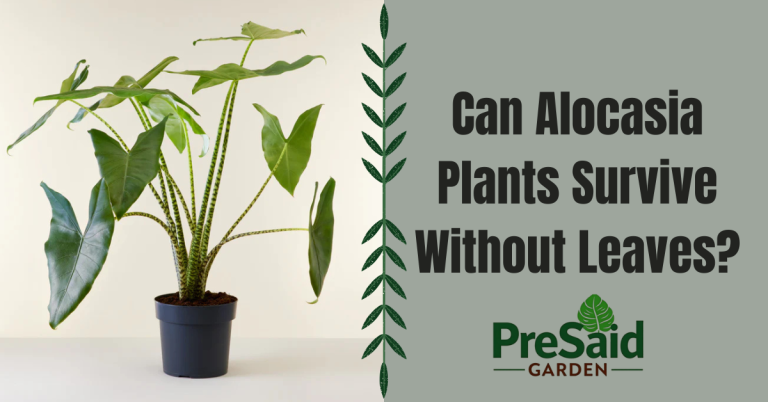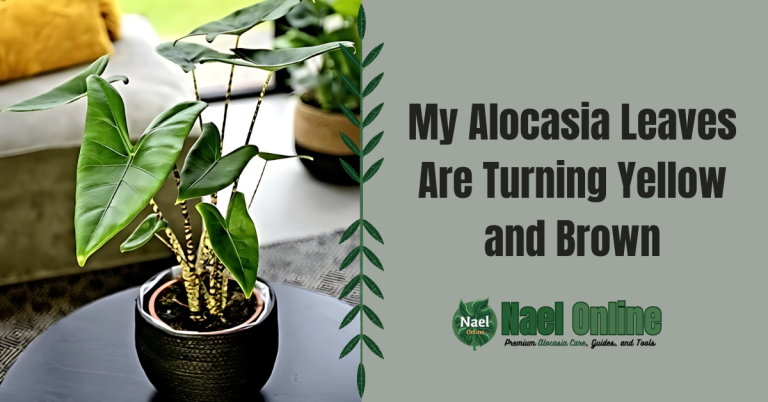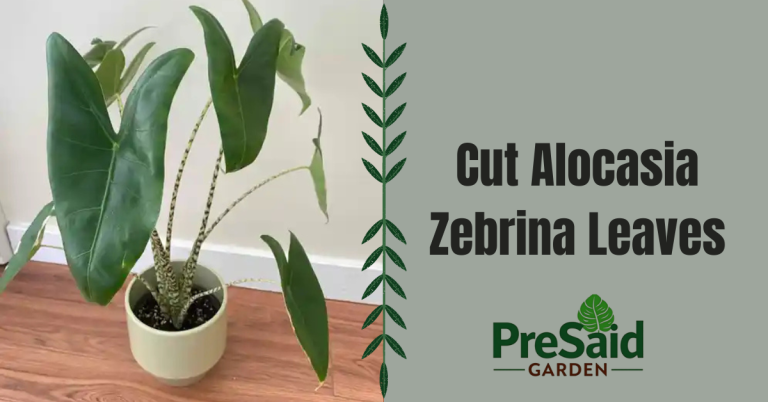How to Prevent Alocasia Dormancy: Expert Care Tips

Hey there, fellow plant lovers! Lucas William here from Lexivo Garden. After growing alocasias for over a decade in the heart of Portland, Oregon, I’ve learned a thing or two about keeping these tropical beauties happy and active all year long.
Today, I’m excited to share my tried-and-true tips on how to prevent alocasia from going dormant. Trust me, with these strategies, you’ll be able to enjoy those stunning elephant ear leaves even when the temperatures drop!
Before we dive in, if you’re in need of any plant care essentials, from stylish pots to premium fertilizers, don’t forget to check out our shop. We’ve got everything you need to keep your alocasias thriving!
Understanding Alocasia Dormancy
First things first, let’s talk about why alocasias sometimes decide to take a little nap. These tropical plants naturally slow down their growth when conditions aren’t ideal. In their native habitats, this usually happens during dry seasons. But in our homes, dormancy often kicks in when temperatures drop or light levels decrease.
Signs Your Alocasia Might Be Heading for Dormancy
- Yellowing leaves
- Slower growth
- Drooping foliage
- Leaf drop
My Top Strategies to Prevent Alocasia from Going Dormant

1. Nail the Lighting
Alocasias love bright, indirect light. In my experience, placing them near an east-facing window works wonders. If you’re dealing with low light conditions, especially during those gloomy winter months, consider using grow lights. I’ve had great success with LED grow lights that mimic natural sunlight.
2. Keep It Warm and Cozy
One of the best ways to prevent alocasia from going dormant is to maintain a consistent, warm temperature. I aim for 65-80°F (18-27°C). Avoid cold drafts from windows or air conditioning units – your alocasia will thank you!
3. Humidity Is Your Friend
These tropical beauties thrive in humid environments. I keep a humidifier running nearby and mist the leaves regularly. Grouping plants together or using pebble trays can also help boost humidity levels.
4. Water Wisely
Overwatering is a common mistake that can lead to dormancy or even root rot. I’ve learned to let the top inch of soil dry out between waterings. During winter, I reduce watering frequency but never let the soil dry out completely.
5. Feed Your Alocasia (But Don’t Overdo It)
Regular fertilization during the growing season keeps your alocasia happy and less likely to go dormant. I use a balanced, water-soluble fertilizer every 2-4 weeks from spring through early fall. Remember to taper off feeding as winter approaches.
The Ultimate Alocasia Care Guide
To make things easier, here’s a quick reference table I’ve put together based on my years of experience:
| Aspect | Care Requirements |
|---|---|
| Light | Bright, indirect light |
| Temperature | 65-80°F (18-27°C) |
| Humidity | 60-80% |
| Watering | Allow top inch of soil to dry between waterings |
| Soil | Well-draining, rich potting mix |
| Fertilizer | Balanced, water-soluble fertilizer every 2-4 weeks during growing season |
| Repotting | Every 1-2 years or when rootbound |
Advanced Tips to Keep Your Alocasia Thriving
Rotate for Even Growth
I make it a habit to rotate my alocasias every week. This ensures all sides of the plant get equal light exposure, promoting balanced growth and reducing the risk of dormancy.
Prune with Purpose
Don’t be afraid to prune your alocasia. Removing old or yellowing leaves encourages new growth and helps the plant focus its energy on healthy foliage. Just make sure to use clean, sharp pruning shears – you can find a great pair in our shop.
Watch for Pests
Stressed plants are more likely to go dormant. Keep an eye out for common pests like spider mites or mealybugs. I regularly inspect my plants and treat any issues promptly with neem oil or insecticidal soap.
Seasonal Care to Prevent Alocasia from Going Dormant
Spring and Summer
This is when your alocasia will be at its most active. I take advantage of the longer days and warmer temperatures by:
- Increasing watering frequency
- Stepping up fertilization
- Providing plenty of bright, indirect light
Fall and Winter
As the days get shorter and cooler, I adjust my care routine to prevent dormancy:
- Reduce watering slightly, but don’t let the soil dry out completely
- Move plants away from cold windows
- Consider supplemental lighting if natural light is limited
- Maintain consistent warmth and humidity
Troubleshooting Common Alocasia Issues
Even with the best care, sometimes our leafy friends run into trouble. Here are some issues I’ve encountered and how I’ve solved them:
Drooping Leaves
Often a sign of underwatering or low humidity. I check the soil moisture and increase humidity if needed.
Yellowing Leaves
This can be tricky as it might indicate either over or underwatering. I always check the soil moisture and adjust my watering schedule accordingly.
Leaf Edges Turning Brown
Usually a sign of low humidity or inconsistent watering. I up my misting game and ensure I’m watering evenly.
FAQs: Your Alocasia Questions Answered
Q: Can alocasias survive winter outdoors?
A: In most parts of the US, alocasias won’t survive winter outdoors. I always bring mine inside when temperatures drop below 60°F (15°C).
Q: How often should I repot my alocasia?
A: I typically repot every 1-2 years or when I notice the plant becoming rootbound. Spring is the best time for repotting.
Q: My alocasia has gone dormant. Is it dead?
A: Not necessarily! If the tuber is still firm, your plant may just be resting. Keep it in a warm spot with minimal watering until you see new growth.
Q: Can I propagate my alocasia?
A: Absolutely! I’ve had great success propagating through division during repotting. It’s a great way to expand your collection or share with friends.
Q: How do I know if my alocasia is getting enough light?
A: If your alocasia is stretching or producing smaller leaves, it might need more light. On the flip side, if you see brown spots on the leaves, it might be getting too much direct sun.
Wrapping Up: Enjoy Your Thriving Alocasia Year-Round
There you have it, folks – my tried-and-true methods for keeping alocasias active and thriving, even when they’d typically want to snooze. Remember, the key to preventing alocasia from going dormant is consistency in care and creating an environment that mimics their tropical home.
If you’re looking to expand your alocasia collection or need any supplies to keep your plants happy, don’t forget to swing by our shop. We’ve got everything from premium potting mixes to stylish planters that’ll make your alocasias feel right at home.
Happy growing, and may your alocasias always be lush and vibrant!






